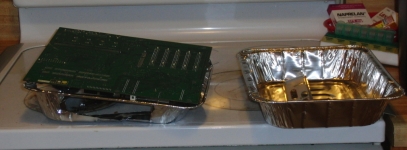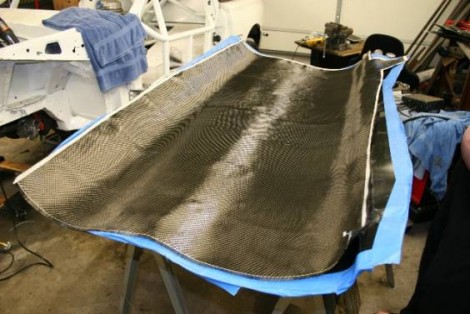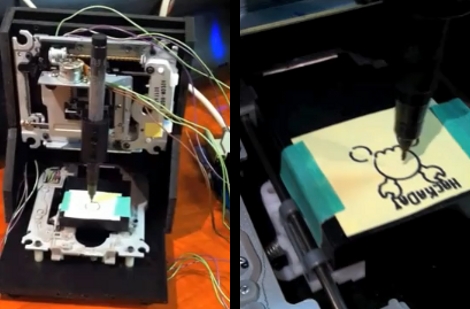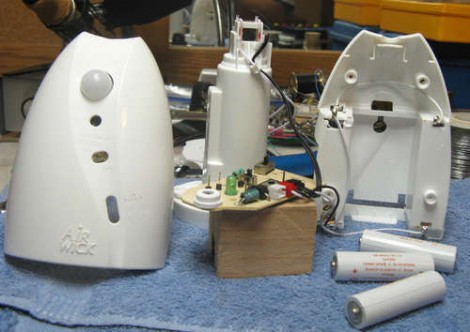
Regular reader [Grenadier] wrote in to let us know about his newly published hacking hardware trading post called The Junkbox. Apparently when he’s not blowing up capacitors or building his own high voltage ones, he makes time to code up a website where you can buy, sell, and barter leftover components.
We have something like this right here at Hackaday. The dollar sign icon along the right column, just underneath the featured posts banner will take you to our classifieds section which at the time of writing had a whopping nine items posts. But these things to ebb and flow. Check in on the newly posted link from time to time to see that number grow.
Whether it’s over at The Junkbox or in our classifieds section, we think the biggest problem is finding what you need when you need it. This is nothing new. If you missed it before, we’ve embedded an older episode of the EEVblog after the break where [Dave Jones] tours Apex Surplus. It’s as if a hacker who has hoarding tendencies bought a store forty years ago and just kept piling more and more merchandise to the sky.
Continue reading “Buying, Selling, And Bartering Hacking Hardware”
























